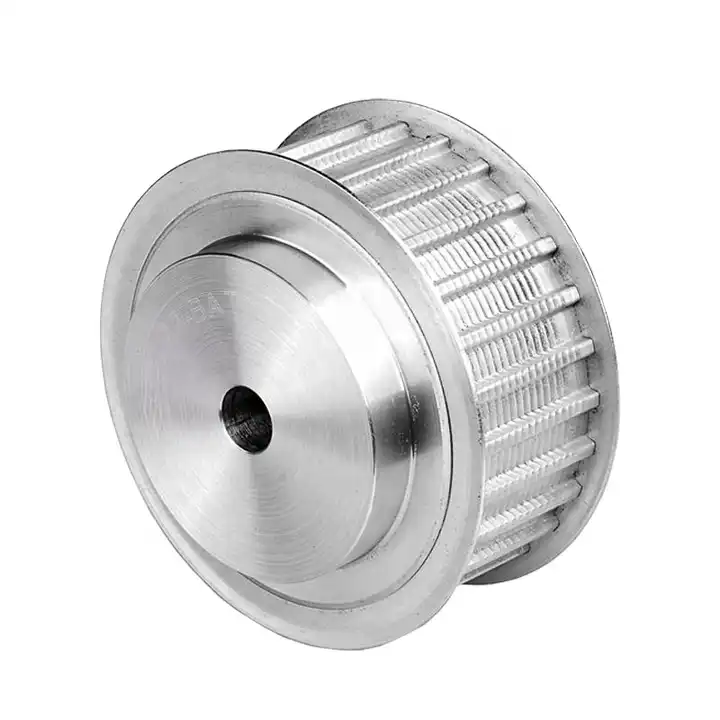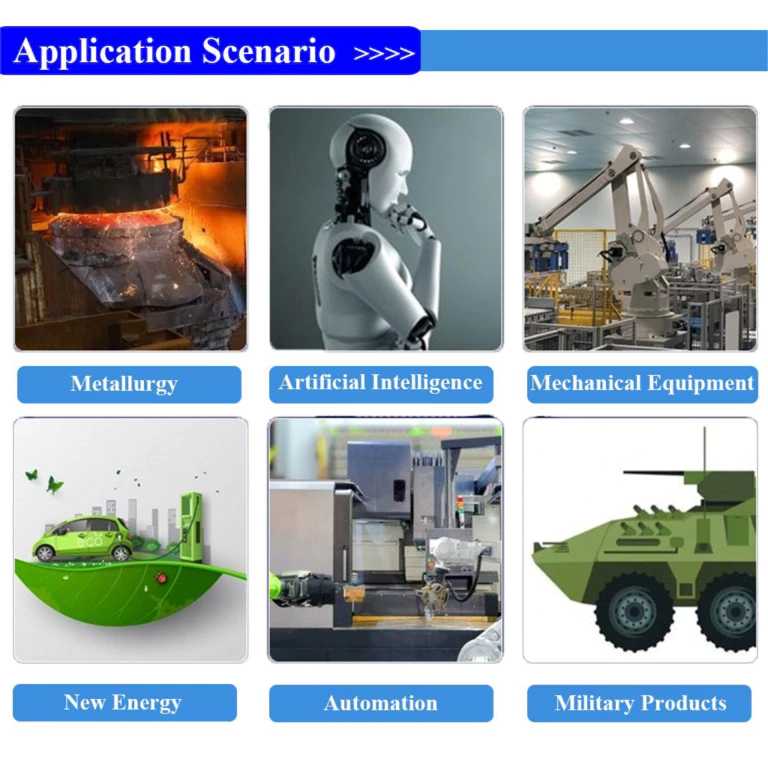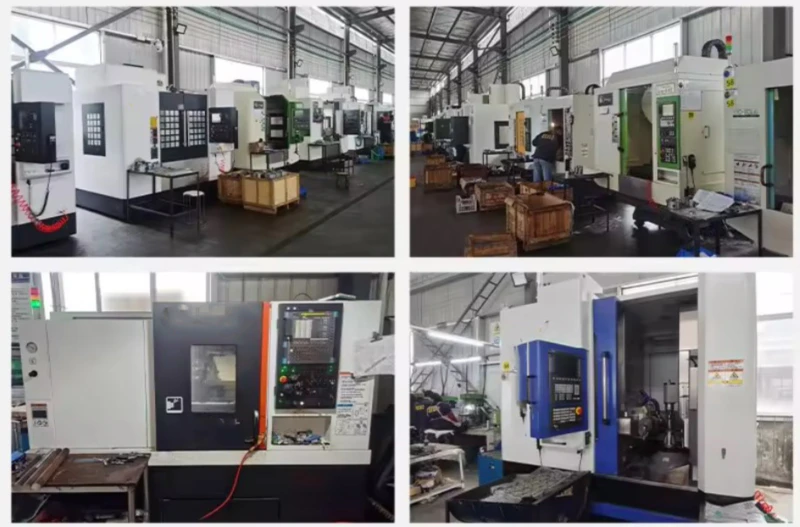Timing Pulley Bore Adaptations for Various Shaft Diameters
Timing pulleys are used in a wide range of industrial applications, from conveyor systems to robotic arms. One of the most important factors in selecting a timing pulley is the bore size. However, it is not always easy to find a timing pulley that fits your specific shaft diameter. In this article, we will explore the different ways timing pulleys can be adapted to fit various shaft diameters.
What is a Timing Pulley?
A timing pulley is a type of pulley that has teeth around the circumference of its rim. The teeth mesh with the teeth of a timing belt or chain, which allows the pulley to transfer rotational motion from one shaft to another with a high degree of accuracy. Timing pulleys are often used in applications where precise positioning is required, such as in CNC machines or printing presses.
Types of Timing Pulleys
Timing pulleys come in a variety of shapes and sizes. Some of the most common types include:
- MXL timing pulleys
- XL timing pulleys
- L timing pulleys
- HTD timing pulleys
- GT2 timing pulleys
Each type of timing pulley has a different tooth profile, which is designed to work with a specific type of timing belt or chain.
Standard Bore Sizes
Timing pulleys are typically manufactured with a standard bore size that corresponds to a specific shaft diameter. For example, a timing pulley with a 1/2″ bore is designed to fit a shaft with a diameter of 1/2″. However, not all shafts are the same size, which means that standard timing pulleys may not always be a perfect fit.
Bore Adapters
One way to adapt a timing pulley to fit a shaft with a different diameter is to use a bore adapter. A bore adapter is a small, cylindrical component that fits inside the bore of the timing pulley. The outside diameter of the bore adapter matches the diameter of the shaft, while the inside diameter matches the bore of the timing pulley. This provides a snug, secure fit that allows the pulley to transfer motion from the shaft to the timing belt or chain.
Split Hubs
Another way to adapt a timing pulley to fit a different shaft diameter is to use a split hub. A split hub is a two-piece hub that clamps onto the shaft. The timing pulley is then mounted onto the split hub, which provides a secure connection between the pulley and the shaft. Split hubs are a good option if you need to quickly and easily change the position of the timing pulley along the shaft.
V Pulley
If you need a pulley that is specifically designed for use with a V belt, then a V pulley is the right choice. V pulleys have a V-shaped groove that is designed to work with the V-shaped cross section of a V belt. This provides a secure, high-friction connection between the pulley and the belt. V pulleys are commonly used in applications where high torque is required, such as in heavy machinery.
If you are interested in purchasing V pulleys, visit vpulley.com for a wide selection of high-quality V pulleys at competitive prices.
FAQs
Q: What materials are timing pulleys made from?
A: Timing pulleys can be made from a variety of materials, including aluminum, steel, and plastic. The choice of material depends on the specific application and the required level of precision.
Q: Can timing pulleys be used in high-speed applications?
A: Yes, timing pulleys can be used in high-speed applications. However, it is important to select a timing pulley that is designed to withstand the specific operating conditions of your application, such as temperature and torque.
Q: How do I determine the correct timing pulley size for my application?
A: The correct timing pulley size depends on a variety of factors, including the desired speed ratio, the required torque, and the size and type of the timing belt or chain. Consult with a timing pulley manufacturer or distributor to determine the best size for your application.
Q: Are bore adapters compatible with all types of timing pulleys?
A: No, bore adapters are designed to work with specific types of timing pulleys. Make sure to select a bore adapter that is compatible with your specific pulley and shaft diameter.
Q: Can split hubs be used with timing belts as well as timing chains?
A: Yes, split hubs can be used with both timing belts and timing chains. Make sure to select a split hub that is compatible with the specific type of timing belt or chain you are using.
Q: Do you offer custom timing pulley manufacturing?
A: Yes, we offer custom timing pulley manufacturing services. Contact us at [insert contact information] to learn more.
About Our Company
We are a leading provider of pulleys in the Chinese market. Our products include timing pulleys, V pulleys, belt wheels, belt idler pulleys, and flat pulleys, among others. We have a wide range of fully automated CNC production equipment, as well as automated assembly equipment, which allows us to provide high-quality products at competitive prices.
If you are looking for timing pulleys or other types of pulleys, we invite you to explore our website and see the many options we have available. We pride ourselves on our commitment to quality, affordability, and customer service, and we look forward to working with you to meet your pulley needs.


